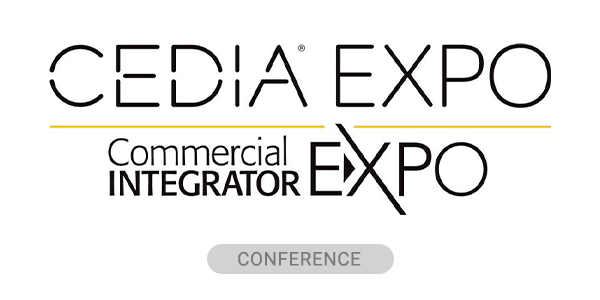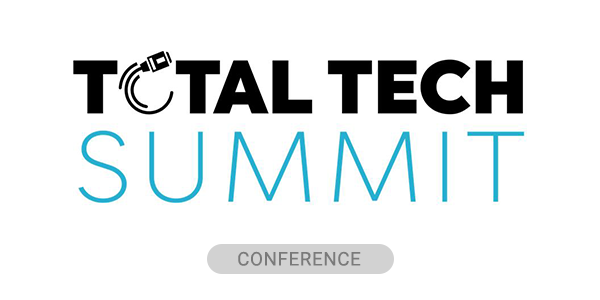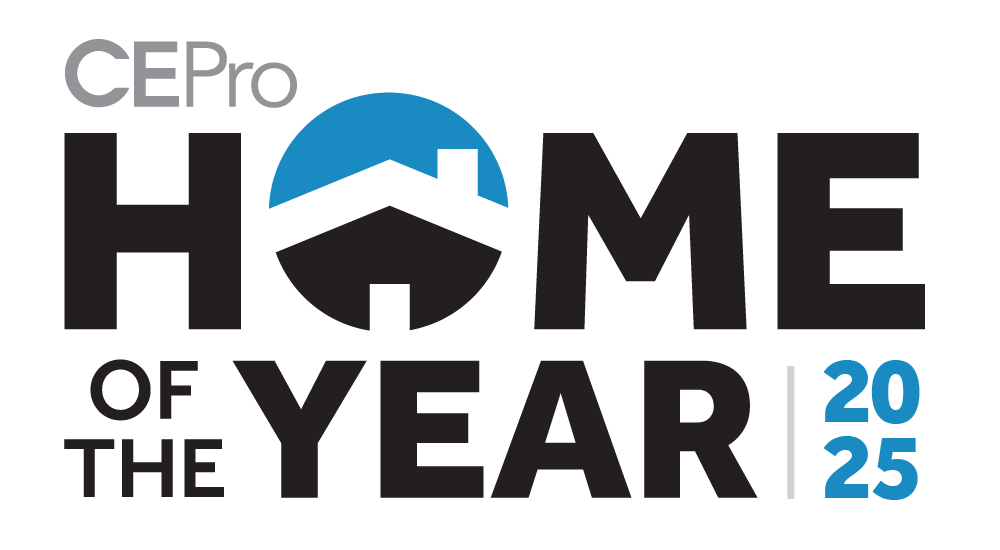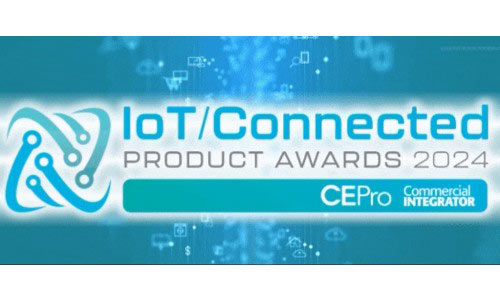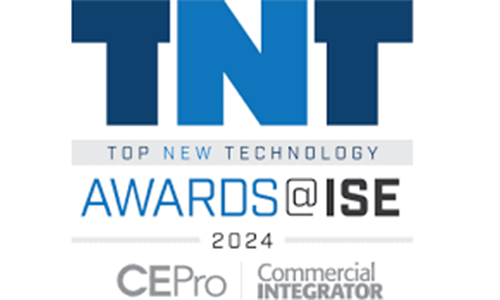In recent years, the concept of a “smart home” has rapidly evolved from a futuristic novelty to an everyday expectation and for residential integrators, this shift represents a significant opportunity. Advances in connectivity, automation, and user-friendly control interfaces have set a new standard for what homeowners expect from their living spaces. Technologies like smart lighting and integrated AV systems are no longer niche offerings—they are now central to how people experience comfort, convenience, and entertainment in their homes. For integrators, these systems are not only essential for meeting client demands but also powerful tools for expanding service offerings, enhancing project value, and fostering long-term client relationships.
The Growing Demand for Smart Home Technologies
Consumer demand for home automation is climbing at a record pace. According to Statista, the global smart home market is projected to grow from $158 billion in 2024 to over $230 billion by 2028. This isn’t just hype—it reflects a broader shift in consumer behavior. Homeowners now see smart technology as a means to simplify daily routines, enhance home security, and personalize their living spaces. Devices that used to require manual input can now anticipate user needs, respond to voice commands, or adjust automatically based on behavior. For integrators, this means greater demand for full-system design, installation, and ongoing support, especially for those who can offer seamless, multi-platform integration.
Smart lighting and AV systems exemplify this evolution. Smart lighting bridges the gap between functionality and lifestyle, transforming how we interact with our living spaces. Consumers now expect more than just basic lighting or a simple TV setup—they demand integrated systems that can adapt to any occasion with minimal effort.
Smart Lighting is More than Just Illumination
Among the most impactful technologies are smart lighting systems, which provide homeowners with unprecedented control over their ambiance and energy use. Unlike traditional lighting setups, smart systems allow users to fine-tune brightness, shift color temperatures, and even change hues based on activity or mood. Whether it’s bright, energizing light for a home office or soft, warm tones for a dinner party, these systems deliver personalized comfort with minimal effort. Hands-free control via Alexa, Google Assistant, or dedicated apps enhances convenience, and automated scheduling helps reduce energy consumption while aligning with daily routines. For integrators, smart lighting offers a compelling way to combine aesthetics, comfort, and sustainability in a highly marketable package.
Beyond practicality, smart lighting enhances the emotional quality of a home. Subtle adjustments can make a room feel cozier, more vibrant, or more tranquil. This level of personalization was once the domain of high-end designers but is now accessible to the average homeowner with a quick trip to their local home improvement store. However, this commodization can also be a hindrance in making homeowners aware of what’s possible.
“Unfortunately, most homeowners of high-end, multi-million dollar houses and estates don’t think of lighting as much more than the decorative lamps and fixtures they have,” said Tom Doherty, Director of Technology Initiatives at the Home Technology Specialists of America (HTSA). “They don’t see residential integrators as a technology resource beyond installation.
“However, we’re starting to see traction with residential integrators who are investing in their education and marketing sides, investing in their showrooms to be able to demonstrate lighting technologies and training their team to be able to communicate effectively about the technology, quote it, order it, deliver it, and service it, seamlessly.”
Elevating Home Entertainment
Entertainment has also evolved into a more immersive and connected experience. With streaming services, 4K content, immersive audio, and multiroom setups, home entertainment is more sophisticated than ever. Integrated AV systems enable homeowners to control TVs, speakers, and streaming platforms from a single hub, eliminating the need for multiple remotes and complex setups.
These smart home systems don’t just simplify—they elevate. With the touch of a button or a simple voice command, users can dim the lights, draw the shades, and start a movie for a true home theater experience. In a multi-room setup, they can stream music throughout the house or transition entertainment from the living room to the backyard. With deeper integration, AV systems can even connect to doorbell cameras or intercoms, enabling real-time interaction across devices. This level of functionality transforms AV from a “nice-to-have” into a cornerstone of a connected home ecosystem.
Why Integration is the Key to the Future of Smart Home Growth
The real value for integrators lies in the shifting smart home landscape, unsurprisingly, in system integration. While standalone smart products offer convenience, it’s the interoperability between lighting, AV, climate, and security systems that creates truly intelligent homes. Integrated systems enable homeowners to activate complex scenes, such as “good morning” or “movie night,” that control multiple devices with a single command. This creates responsive, personalized environments that align with daily life, offering unmatched convenience and user satisfaction. For integrators, offering these cohesive solutions differentiates their business and encourages larger, more profitable projects.
Looking ahead, AI promises to further streamline and elevate smart home functionality. AI-enabled smart home systems will be able to learn from user behavior, automatically adjusting lighting, media, and even temperature based on routines and preferences. For example, imagine a home that begins playing relaxing music at the end of a stressful day, dims the lights for evening relaxation, or gradually brightens a room as part of a morning wake-up routine. For integrators, this presents the next frontier in smart living — one that opens the door to deeper client engagement, recurring service opportunities, and an expanded role as trusted technology advisors.
What Was Once a Luxury Has Become a Necessity
Smart lighting and integrated AV systems offer tangible benefits that extend far beyond novelty, including enhanced convenience, improved energy efficiency, increased property value, and a richer, more flexible lifestyle. As people spend more time at home—working, entertaining, relaxing—they want their environments to support and enhance those experiences. For integrators, this shift presents an incredible opportunity to meet those needs with thoughtful, personalized solutions that deliver lasting value.
To stay competitive and ahead of the curve, commercial and residential integrators should attend the CEDIA Expo | Commercial Integrator Expo (CIX), the industry’s most comprehensive gathering of technology professionals, manufacturers, designers, and solution providers. The trade event provides a great opportunity to explore new products, learn about emerging trends, and build the connections that drive business forward. By mastering smart lighting and AV integration now, integrators can future-proof their offerings, meet rising consumer expectations, and cement their role in shaping the homes of tomorrow.
CEDIA Expo/CIX 2025 is taking place September 3-6, 2025, at the Colorado Convention Center in Denver. For more information or to register click here.
Jason McGraw is the Group Vice President and Show Director of CEDIA Expo/CIX.

